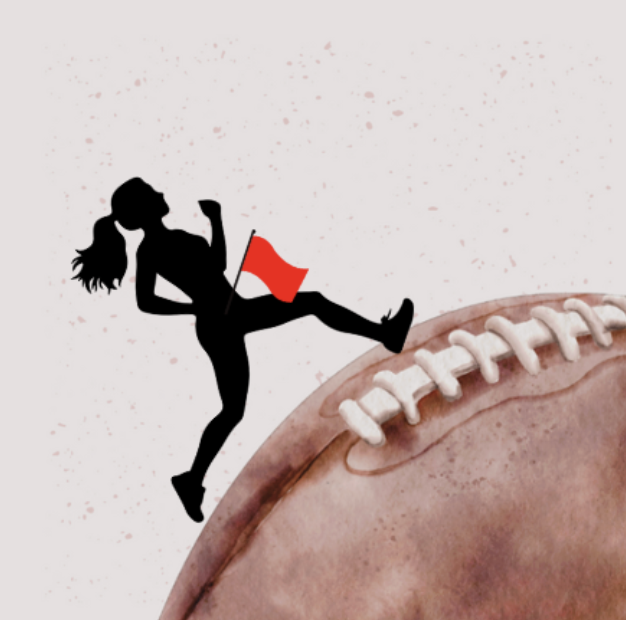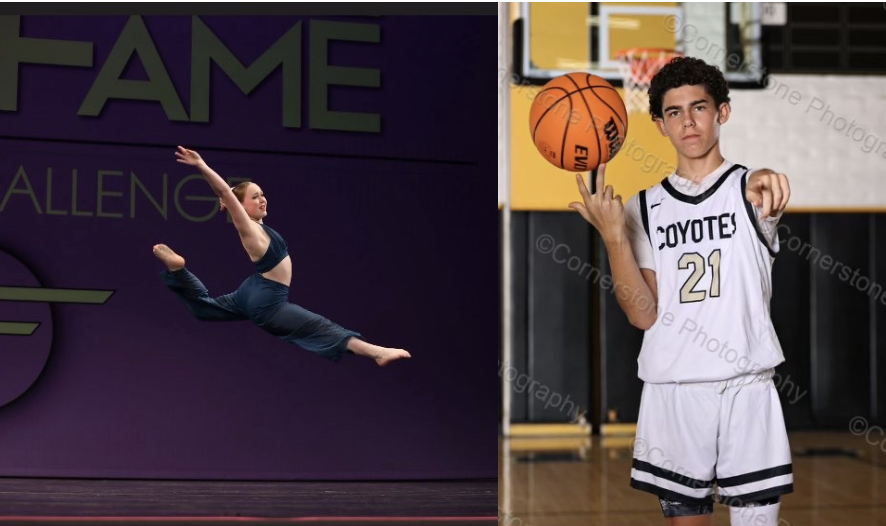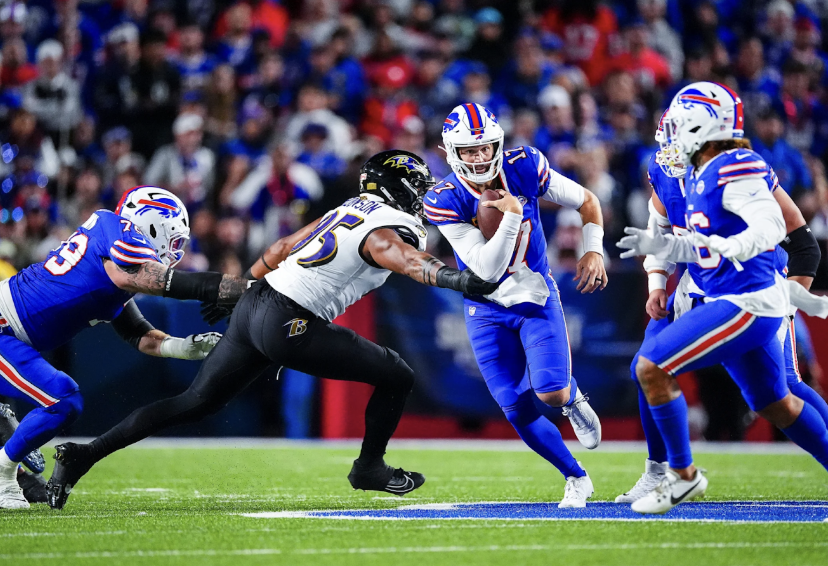Tommy John Surgery: A Pitcher’s Nightmare and a Testament to Resilience
Every pitcher knows the fear. That sudden, sharp pain in the elbow after a pitch that felt just a little off. For some, it’s fleeting but manageable. But for others, it’s the beginning of the one injury no pitcher wants to face. I know this intimately–not just as an observer of the game, but as someone who has endured the long, grueling road of Tommy John surgery and the rehabilitation that comes with it. This surgery isn’t just a medical procedure; it’s a rite of passage for many pitchers, a crossroads that tests resolve and passion for the game.
Tommy John surgery, named after the MLB pitcher who first underwent the procedure in 1974, is a reconstruction of the ulnar collateral ligament (UCL) in the elbow. For pitchers, the UCL is critical; it stabilizes the elbow during the intense stress of throwing a baseball. When this ligament tears, it often feels like a career-ending moment. Yet paradoxically, Tommy John surgery has become synonymous with hope, second chances, and, in many cases, an extraordinary comeback.
The Origin of Tommy John Surgery
The story begins with Dr. Frank Jobe, an orthopedic surgeon whose innovative thinking changed baseball forever. Tommy John, then a pitcher for the Los Angeles Dodgers, suffered a UCL tear in his throwing arm. At the time, such an injury was effectively a death sentence for a pitcher’s career because no one had ever come back from it. However, Jobe proposed an untested solution: take a tendon from another part of John’s body and use it to reconstruct the torn ligament.
The procedure was experimental, and had only previously been tested on polio patients to improve mobility. Jobe estimated that John had a 1 in 100 chance of ever pitching again. Yet Tommy John not only returned but played for 14 more seasons, accumulating 164 additional wins, and was a runner up in Cy Young voting in 1978. His namesake surgery revolutionized sports medicine and gave countless athletes a second chance.
Dr. Neal ElAttrache, a renowned orthopedic surgeon and successor to Dr. Frank Jobe, is widely considered the go-to expert for Tommy John surgery today. He has performed high-profile surgeries on elite athletes, including Shohei Ohtani’s UCL repair, both Tom Brady’s and Kobe Bryant’s knee procedures as well as countless other familiar names in sports and entertainment. Dr. ElAttrache’s expertise and innovative techniques have solidified his reputation as one of the leading figures in sports medicine.
What Happens During Tommy John Surgery?
The procedure itself is a marvel of surgical precision. A tendon—commonly taken from the forearm or hamstring—is harvested and grafted into the elbow to replace the damaged UCL. The surgeon drills small holes in the humerus (upper arm bone) and ulna (forearm bone) to anchor the new tendon, which is then threaded in a figure-eight pattern to mimic the function of the original ligament. In some cases where the ligament is completely destroyed, such as mine, the doctor will implement a thick suture material that can be anchored to the upper and lower arm bone just for a little extra support, commonly known as an internal brace.
Though straightforward in concept, the surgery is complex and demands months of meticulous rehabilitation. The recovery timeline is extensive and typically takes 12 to 18 months of rehab before the patient can return to competition. Even after that, the road to full recovery is filled with challenges, including rebuilding strength, regaining range of motion, and overcoming the psychological hurdles of returning to a sport that once caused the injury.
The Road to Recovery
Rehabilitation after Tommy John surgery is as much a mental battle as it is a physical one. It starts with a period of immobilization to allow the reconstructed ligament to heal, followed by progressive physical therapy to restore range of motion and strength. Only after m
onths of strengthening exercises does a pitcher begin a carefully monitored throwing program.
I had the privilege to converse with Dr. Zach Bornholtz, a graduate from USC’s Division of Biokinesiology and Physical Therapy, as well as an experienced physical therapist in Tommy John rehabilitation at Elite Orthosport in Brentwood California. During my conversation with Dr. Bornholtz, he keyed me in on the objectives during the rehab process.

“Tommy John surgery isn’t just about fixing a torn ligament; it’s about rebuilding the entire kinetic chain that supports the throwing motion. The elbow might be the focal point, but the real work happens in addressing the shoulder, core, and mechanics to prevent reinjury and optimize performance.”
For many, this process is a crucible. It requires patience, discipline, and unwavering commitment. There are setbacks, moments of doubt, and frustration. Yet, for those who persevere, the rewards can be remarkable.
Why Do Pitchers Often Come Back Stronger?
One of the most fascinating aspects of Tommy John surgery is the phenomenon of pitchers returning with improved velocity and performance. This isn’t due to the surgery itself, but rather the comprehensive rehabilitation process.
Pitchers spend months rebuilding their mechanics from the ground up. They address flaws in their delivery, strengthen supporting muscles, and develop better arm care routines. By the time they return to the mound, they are often more physically balanced and mechanically sound than they were before the injury.
Moreover, the grafted tendon is typically thicker and stronger than the original UCL. Combined with improved conditioning, this can lead to a pitcher throwing harder and more effectively post-surgery.
The Causes: Why UCL Injuries Happen
Understanding why UCL injuries occur is critical to preventing them. The human elbow is not designed to withstand the repetitive stress of high-velocity pitching. Each pitch places an enormous amount of torque on the UCL, especially with modern pitching techniques that emphasize velocity over control.
Overuse is the primary culprit. Young pitchers who neglect proper rest or who throw year-round by participating in showcases are at significantly higher risk. Poor mechanics exacerbate the problem, as does the increased prevalence of breaking pitches like sliders and curveballs at a young age.
Fatigue also plays a significant role. A tired arm is less capable of maintaining proper mechanics, increasing the strain on the elbow. This is why pitch counts, rest days, and monitoring arm health are so important in both amateur and professional baseball.
The Impact on the Game
Tommy John surgery has become so common that it’s almost considered a rite of passage for pitchers, and with more than half of the procedures being performed on teenagers and over 35% of 2023’s active MLB players having baseball’s beauty scar on their arm, the surgery’s prevalence has raised important questions about the culture of baseball. Are we pushing young athletes too hard, too soon? Are coaches and parents sufficiently educated about the risks of overuse injuries?
“We just threw through pain, and we didn’t necessarily know how to deal with it. I think a lot of that, a lack of education, is what led to the injury, for me” says Derek Whalen, just another victim of a UCL tear. Upon learning about Mr. Whalen’s story, I proceeded to ask Dr. Bornholtz what his thoughts were. He agrees with Whalen’s assumption, telling me that he thinks that “due to parental influence and the drive of young athletes to stay competitive early to be elite, get into a good college, etc, young kids who are still growing start doing the same sport with the same repetitive motion year round at a higher intensity and volume than ever before, consequently resulting in overload related injuries.” The rise in UCL injuries has also led to advancements in preventive care since Derek’s case almost a decade ago. Programs like MLB’s Pitch Smart initiative aim to educate players, parents, and coaches about arm care, pitch counts, and injury prevention. Additionally, biomechanical analysis and wearable technology are helping pitchers refine their mechanics and monitor stress levels in real-time.
Famous Cases and Their Journeys Back to the Mound
The list of athletes who have undergone Tommy John surgery is extensive, and it includes some of the biggest names in baseball. One of the most famous cases is New York Mets pitcher Matt Harvey. Harvey was an All-Star in 2013, but later that year, he tore his UCL and underwent Tommy John surgery. After missing the entire 2014 season, Harvey made a triumphant return in 2015, leading the Mets to the World Series. However, the recovery wasn’t without its struggles. Harvey dealt with complications, and his performance dipped in the years that followed, highlighting the uncertainty that can follow even a seemingly successful surgery.
Stephen Strasburg, the Washington Nationals’ former No. 1 overall draft pick, also went through the surgery. After his UCL tear in 2010, Strasburg underwent Tommy John surgery and made a successful comeback. His performance peaked in 2019 when he led the Nationals to their first World Series championship, earning the World Series MVP award. However, like many pitchers who undergo the surgery, Strasburg has had to manage various other injuries throughout his career.
Although these cases are notable, it is without a doubt that Tommy John became the poster child for the surgery that now bears his name, and his story continues to inspire athletes who face similar obstacles.
Emotional Toll and Personal Reflection
For those of us who have had Tommy John surgery, the physical challenges are obvious. But there’s also an emotional toll that’s equally significant. Facing the reality that your career is suddenly in jeopardy is incredibly difficult. When I first received the diagnosis, I was devastated. It felt like everything I had worked for was slipping away.
The rehab process was grueling. It’s not just about the pain and discomfort of rebuilding strength in the elbow—it’s also about the mental battle. Some days, progress feels almost nonexistent. You wake up hoping to feel better than the day before, but often the gains are so incremental that it’s hard to measure them. It’s easy to feel like you’re stuck, and many athletes experience anxiety and depression during their recovery, questioning whether they’ll ever return to their previous level of performance. I myself went through that tough mental battle, wondering if I’ll ever be able to throw close to full capacity again. Just recently I threw for the first time after 6 months of my rehab process, and even after going through the rehab process, the mental battle is not getting close to an end. Even when I feel the slightest usage of my elbow, it scares me. I mean, this time last year I was throwing close to 300 feet without a worry in the world, and now I’m throwing 30 feet, scared of damaging my elbow. If there’s one thing I can say to someone who has to go through this is to keep pushing. It’s hard to get past the mental battle if you try to change the past. There’s nothing you can do about it now except prove that not even a torn UCL could stop you from getting back on the mound.
Conclusion
Tommy John surgery is a paradox: the injury every pitcher dreads, but also the procedure that offers hope when all seems lost. It’s a testament to the ingenuity of modern medicine and the indomitable spirit of athletes who refuse to give up.
As the game of baseball continues to evolve, so too will our understanding of arm health and injury prevention. But for now, Tommy John surgery remains both a lifeline and a reminder of the extraordinary demands placed on pitchers. And for those who endure it, the journey back to the mound is evidence to the human capacity for resilience and reinvention. Tommy John surgery is more than a medical procedure; it’s a journey of resilience, self-discovery, and growth. It teaches you to listen to your body, to value the process, and to find strength in the face of adversity. The future of Tommy John surgery looks promising, with ongoing research aimed at improving outcomes and reducing recovery time. Advances in surgical techniques and rehabilitation protocols continue to evolve, offering hope to athletes facing UCL injuries. Ultimately, Tommy John surgery stands as both a testament to medical innovation and a reminder of the delicate balance between athletic ambition and long-term health, redefining not only how injuries are treated, but how resilience is built, one pitch at a time.









